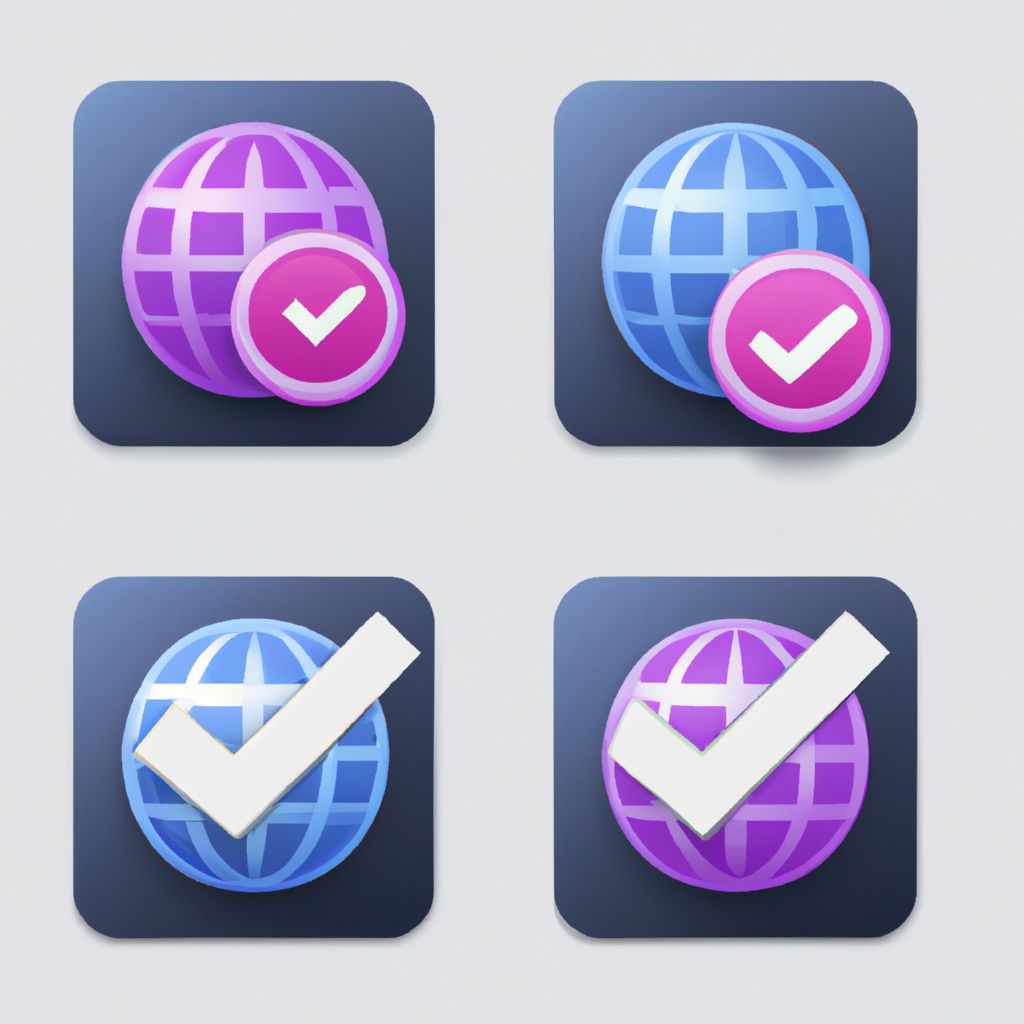In today's digital landscape, web applications are often the primary interface between businesses and their customers. However, they also represent a significant attack surface for malicious actors. A Web Application Security Assessment is a critical process designed to identify, analyze, and report security vulnerabilities within web applications, helping organizations proactively strengthen their defenses.
This comprehensive guide explores the key aspects of conducting effective web application security assessments.
What is a Web Application Security Assessment?
A web application security assessment is a systematic evaluation of a web application's security posture. Its primary goal is to uncover weaknesses that could be exploited by attackers to compromise data confidentiality, integrity, or availability. This involves simulating attacks, analyzing code, and reviewing configurations to understand the application's resilience against known threats.
Why are Security Assessments Crucial?
- Identify Vulnerabilities: Uncover hidden flaws before attackers do.
- Risk Mitigation: Understand and prioritize risks to allocate resources effectively.
- Compliance: Meet regulatory and industry standards (e.g., PCI DSS, HIPAA, GDPR).
- Protect Data: Safeguard sensitive customer and business information.
- Maintain Trust: Demonstrate a commitment to security, enhancing customer confidence and brand reputation.
- Improve Development Practices: Provide feedback to development teams to build more secure applications from the start.
Common Methodologies
Web application security assessments typically employ a combination of methodologies:
Vulnerability Scanning (Automated):
- Uses automated tools (scanners) to probe the application for known vulnerabilities based on predefined signatures and patterns (e.g., OWASP Top 10).
- Pros: Fast, wide coverage, good for identifying common issues.
- Cons: Can produce false positives, may miss complex or logic-based flaws.
Penetration Testing (Manual & Automated):
- Simulates real-world attacks by security professionals (ethical hackers) attempting to exploit identified vulnerabilities.
- Goes beyond simple identification to determine the actual exploitability and potential impact of flaws.
- Can be Black Box (no prior knowledge), White Box (full knowledge, including source code), or Grey Box (limited knowledge).
- Pros: High accuracy, identifies complex flaws, assesses real-world impact, reduces false positives.
- Cons: More time-consuming and expensive than scanning alone.
Secure Code Review (Manual & Static Analysis):
- Examines the application's source code to identify security flaws directly within the codebase.
- Static Application Security Testing (SAST) tools automate parts of this process.
- Pros: Finds vulnerabilities early in the development cycle, identifies flaws missed by dynamic testing.
- Cons: Requires access to source code, can be time-intensive, requires specialized skills.
Configuration Review:
- Assesses the security settings of the underlying infrastructure (web server, application server, database, firewall) supporting the application.
- Ensures components are hardened according to security best practices.
Key Areas of Focus
Assessments typically scrutinize various aspects of the application, including:
- Authentication and Authorization Mechanisms
- Session Management
- Input Validation (SQL Injection, XSS, etc.)
- Error Handling
- Cryptography Implementation
- Business Logic Flaws
- API Security (if applicable)
- Security Configuration
The Assessment Process
A typical assessment follows these steps:
- Scoping: Define the target application(s), assessment goals, methodologies, and rules of engagement.
- Information Gathering: Collect details about the application architecture, technologies used, and potential entry points.
- Vulnerability Identification: Execute scans, manual tests, and code reviews to find potential weaknesses.
- Exploitation (Penetration Testing): Attempt to exploit identified vulnerabilities to confirm their impact.
- Analysis & Reporting: Analyze findings, assess risks, and compile a detailed report with identified vulnerabilities, impact analysis, and remediation recommendations.
- Remediation & Re-testing: The organization fixes the identified issues, followed by re-testing to verify the effectiveness of the fixes.
Conclusion
Regular web application security assessments are not just a best practice; they are essential for protecting digital assets in an era of increasing cyber threats. By employing a combination of automated scanning, expert penetration testing, and secure code review, organizations can gain a clear understanding of their security posture and take proactive steps to mitigate risks, ensuring the safety and reliability of their critical web applications.
Disclaimer: This post represents the view of the individual author that wrote it and not necessarily the view of Rarefied Inc.
Looking for professional security testing?
Based on your interest in this topic, you might benefit from our specialized security services:
